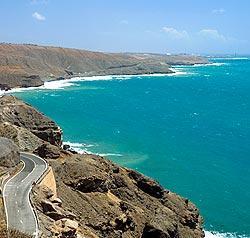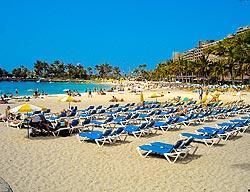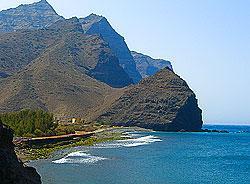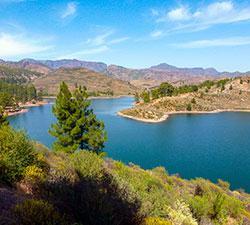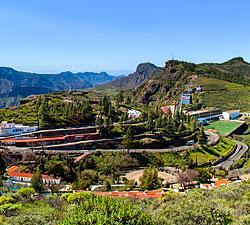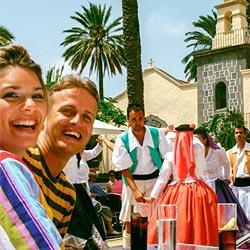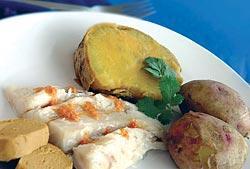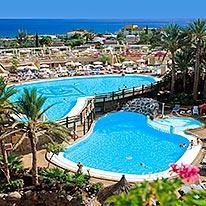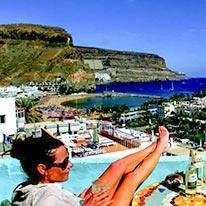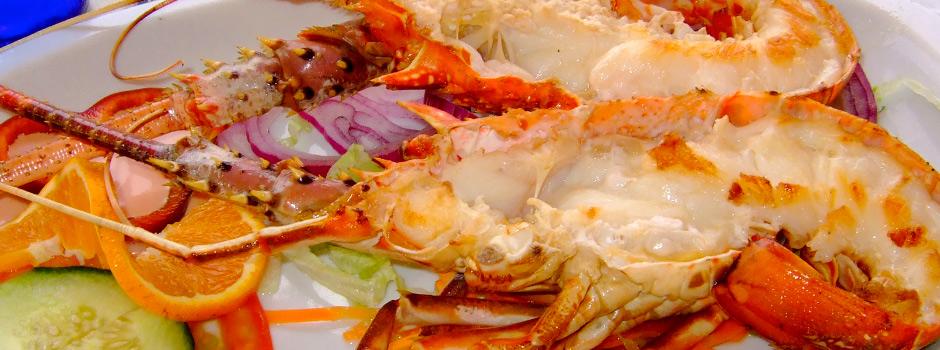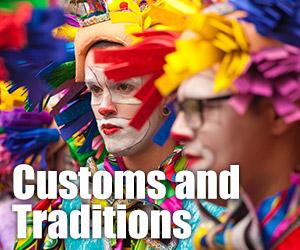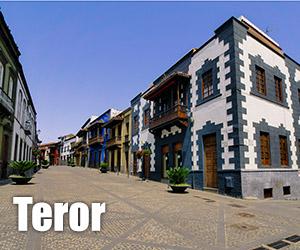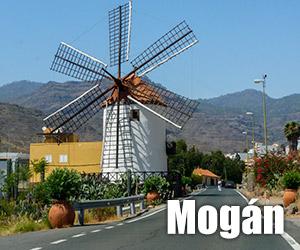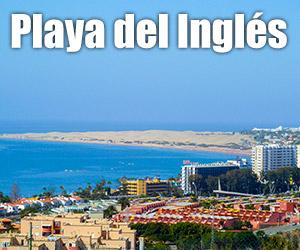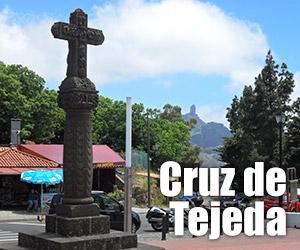The cuisine of the Canary Islands combines traditional Spanish recipes with African and Latin-American influences. Some recipes have been imported from the Spanish mainland, but many original flavours can be found in the Canarian specialities. You will find Spanish food on the menu of many restaurants in the resorts and hotels, as well as a wide variety of international food. It is well worth searching for genuine local cuisine - your taste buds will not be disappointed!
The basis of the typical local cuisine is a variety of vegetables, fruit and fish. Meat usually features as part of a stew and steaks are mostly imported from mainland Spain or South America. Thanks to Gran Canaria’s wonderful Climate, colourful local markets in every town offer an abundance of seasonal produce that is fresh and inexpensive. Sample locally-made specialities, including chorizo, goat’s cheese and honey.
A stone-ground flour called gofio, made from toasted barley, maize and wheat, forms an essential part of the Canarian diet. It is used to thicken soups and sauces and is often stirred into children's milk as it is rich in protein, fibre, minerals and vitamins. Gofio also forms the basis of two particularly scrumptious local desserts, helado de gofio (gofio ice cream) and mus de gofio (gofio mousse).
Also definitely worth trying are papas arrugadas (wrinkled potatoes), otherwise known as Canarian potatoes. This dish consists of small, new potatoes boiled with their jackets on in salty water, but their real flavour comes from the accompanying mojos (sauces). Using olive oil as a base, various herbs and spices are added to create a piquant green, red, or orange-coloured sauce.
If you like fish, you will be in paradise in Gran Canaria. Among the most typical regional recipes are caldo de pescado (fish soup) and vieja sancochada (sea-bream casserole). Sancocho Canario is served during fiestas and on Sundays – a special stew made from salted cod and sweet potato. Freshly grilled sardines are also popular, particularly in Sardina de Norte, a town tucked away on Gran Canaria’s northern coast.
Some local restaurants even have their own fishing boats which go out daily to catch fresh crab, lobsters and fish. These then go straight onto the menu for visitors to savour and enjoy!
The most typical dessert is bienmesabe (literally: ‘it tastes good to me’), a combination of ground almonds, lemon rind, sugar and eggs. Besides that, you have a wide choice of tropical fruits, like mango, avocado and papaya. Huevos mole is another popular pudding, made from egg yolks beaten with sugar syrup and cinnamon. Also look out for the marzipan pralines from Tejeda and the sponges and meringues from Moya, which are the very definition of ‘moreish’.
Try the delicious Ron Miel (honey Rum), which is considered a local delicacy and can be found in market stalls, shops and behind the bar of most restaurants. Most people drink it straight or with a little ice, while others like to add it to coffee. A wide selection of Spanish wines and beers is also served all over the island.
Note:
The tradition of having tapas before meals is one of the most important Spanish contributions to the world of gastronomy. A tapa is a small, light mini-serving of a traditional recipe that Spaniards have either before lunch or dinner, always with a glass of wine or beer. The tapas tradition is a perfect excuse to have one or two drinks before the actual meal! The word ‘tapa’ comes from an old medieval tradition where wine was served with a small piece of ham that acted as a lid to cover the drink. Hence the word ‘tapa’, which literally means ‘lid’ in Spanish. Tapas can be presented in several ways - as a pincho (on a toothpick), as a small portion of a particular dish or as a canapé. Bear in mind, that in Gran Canaria, tapas are known as enyesques.



